The Wapna’ki/Acadian Forest Region offers a staggering range of natural beauty and wonder to take in. A great way to experience it fully is to take a close look at nine of its distinct habitats, which have been recreated in the Harriet Irving Botanical Gardens.
-
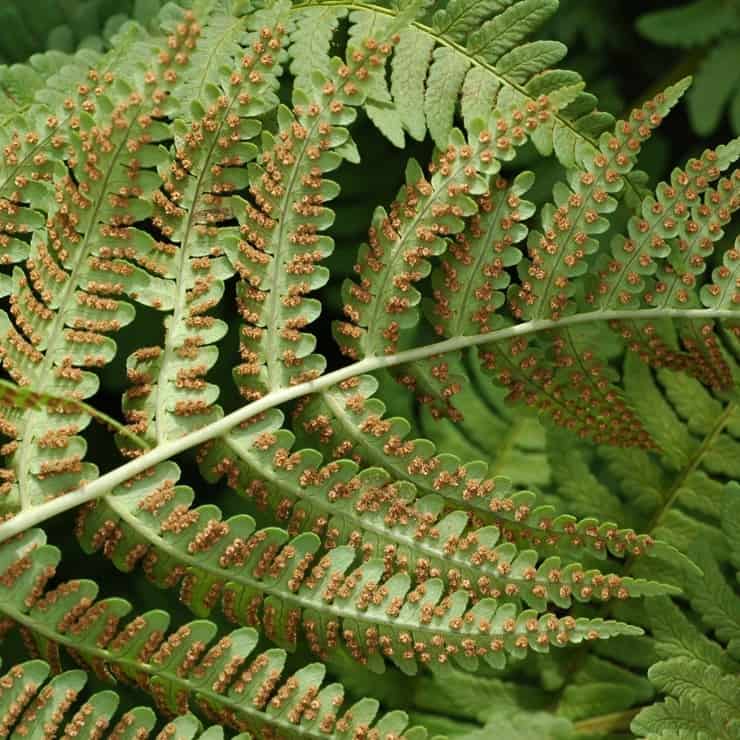
Wet Woodland
These plants lived with dinosaurs
Common Plants: Speckled alder, sphagnum moss, Jack-in-the-pulpit, lambkill, rhodora
-
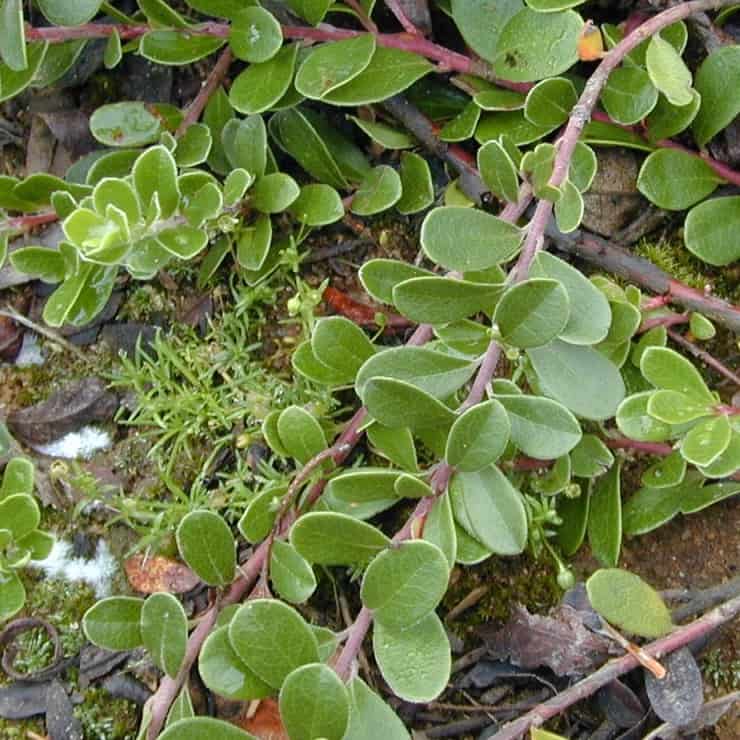
Sand Barrens
An ecosystem yearning for fire
Common Plants: Broom-crowberry, sweet fern, bearberry, red pine, dwarf serviceberry
-
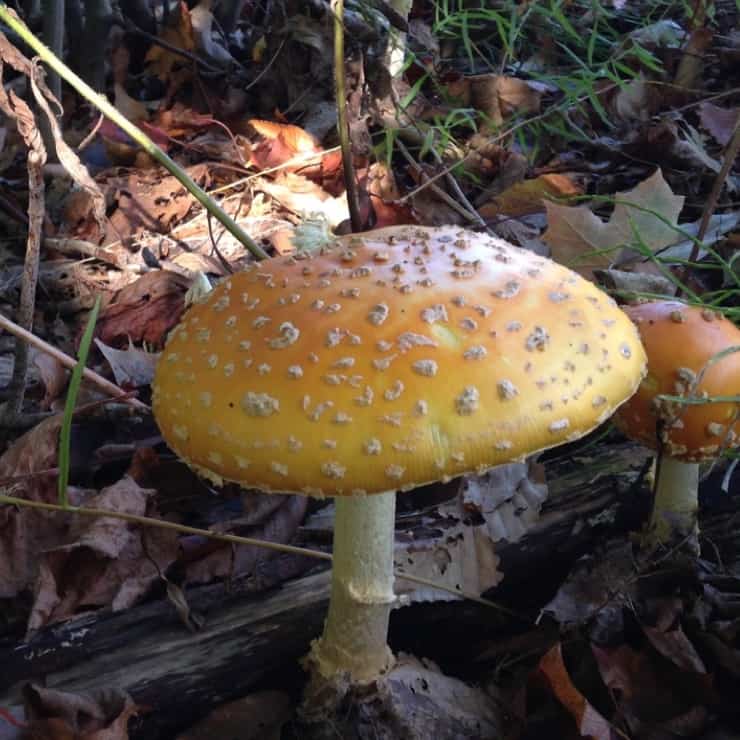
Mixed Woodland
The classic Acadian Forest habitat
Common Plants: Gold-thread, wild sarsaparilla, eastern hemlock, American beech, wild lily-of-the-valley
-
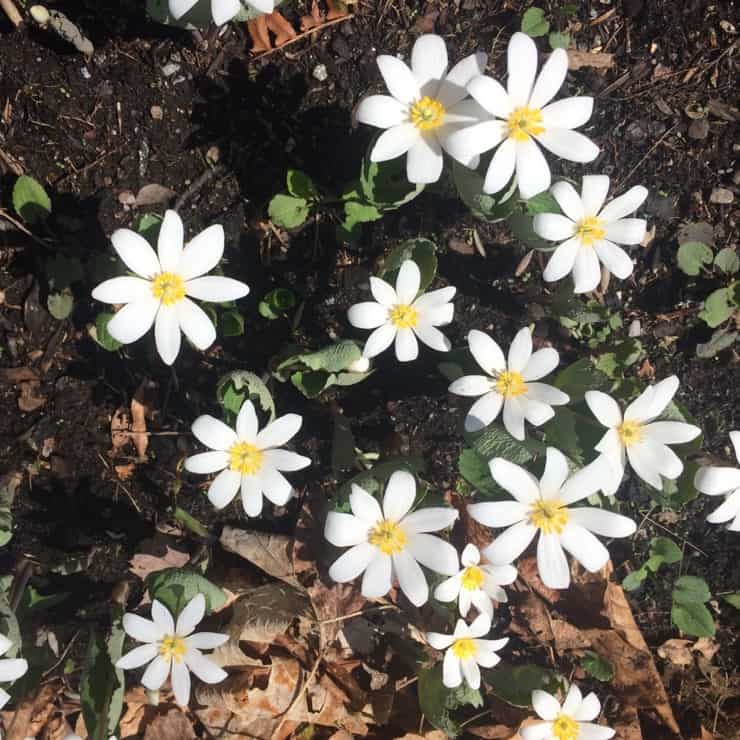
Deciduous Woodlands
Fleeting spectacles among enduring hardwoods
Common Plants: Sugar maple, American beech, red oak, yellow birch, witch-hazel
-
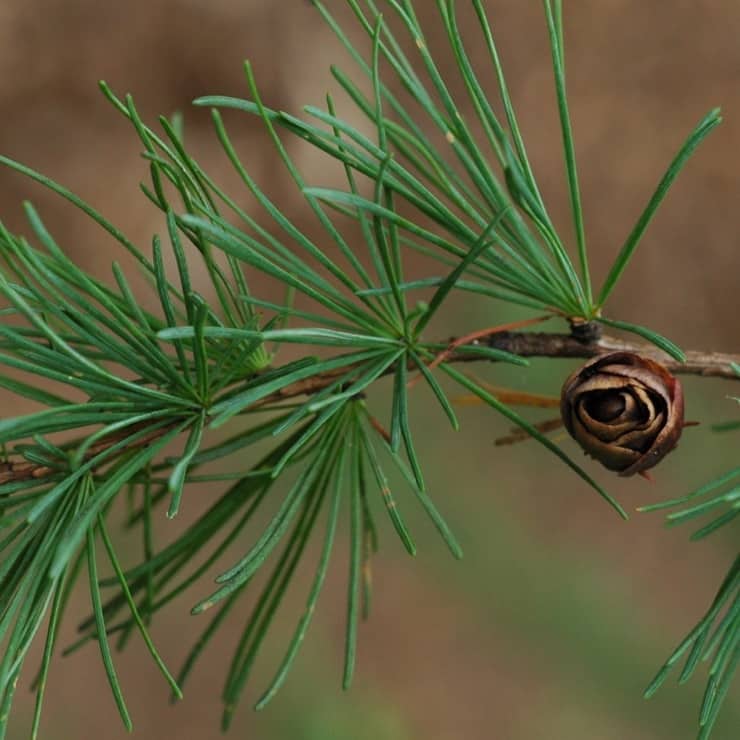
Coniferous Woodland
Pines, mushrooms, moss and more
Common Plants: Eastern hemlock, white pine, red spruce, balsam fir, pink lady’s-slipper
-

Coastal Headlands
Only the strong survive
Common Plants: White spruce, broom-crowberry, creeping juniper, foxberry, and lowbush blueberry
-
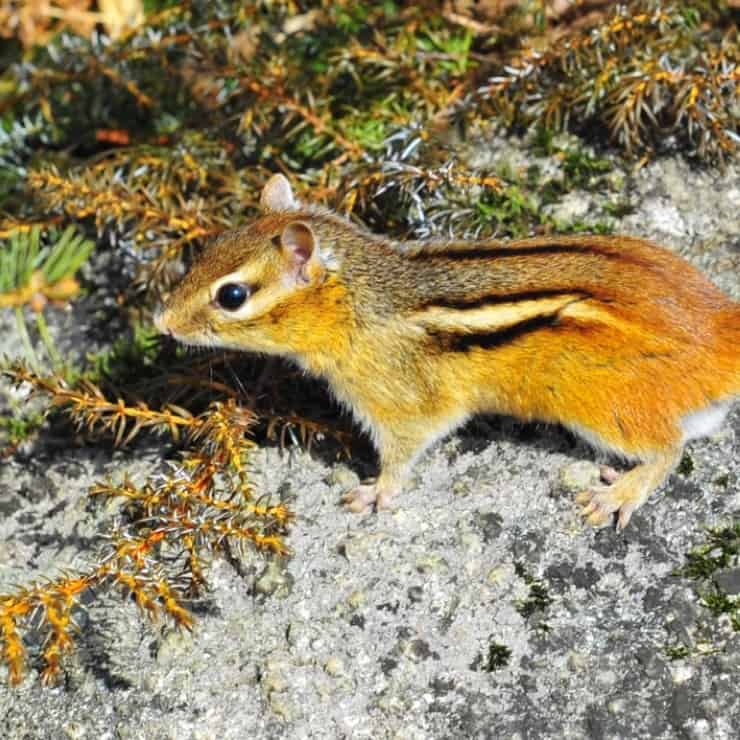
Calcareous Woodland
Where native orchids thrive
Common Plants: Red osier dogwood, shrubby cinquefoil, Canada anemone, soapberry
-

Bog
Discover some of nature’s most captivating phenomena
Common Plants: Bog huckleberry, round-leaved sundew, leather-leaf, eastern larch
-
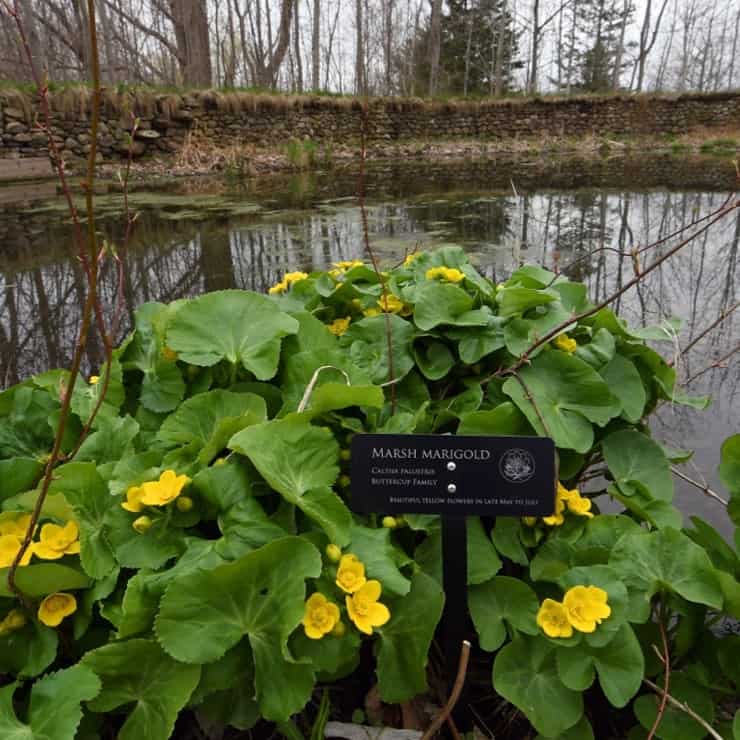
Freshwater Inland Marsh
Where dragonflies roam
Common Plants: Common arrowhead, broad-leaved cat-tail, sallow sedge, turtlehead, swamp rose.


 Acadia University
Acadia University